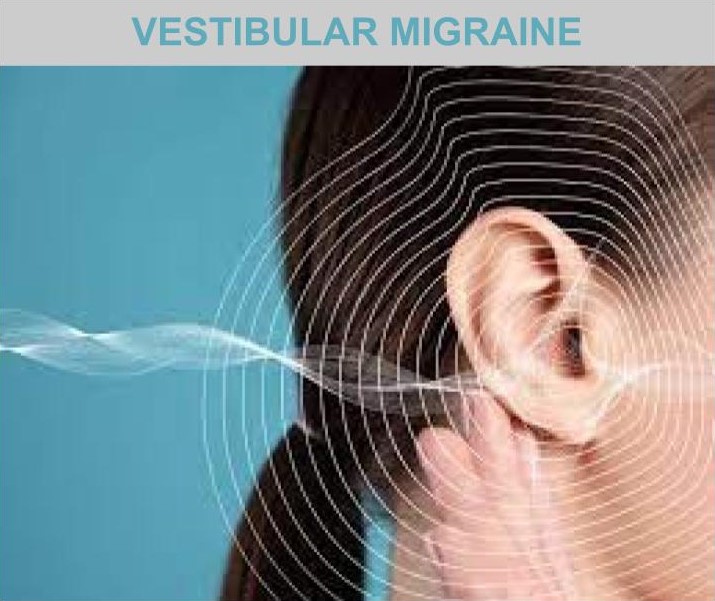
Vestibular migraine is a term used to describe episodic vertigo or other vestibular symptoms attributed to migraine.
Vestibular migraine is characterized by recurrent episodes of vertigo. Most episodes last minutes to hours and may be spontaneous or triggered by visual or motion stimuli (eg, fluorescent lights, watching trains, busy patterns, crowds). Vertigo can be internal (a false sensation of self-motion) or external (a false sensation that the visual surround is spinning or flowing). Other commonly described vestibular symptoms include unsteadiness, visually induced vertigo, head motion intolerance, and nonvertiginous “dizzy” symptoms such as lightheadedness. Migrainous headaches are associated with most episodes of vestibular migraine. However, vertigo may occur without headache.
The typical frequency of attacks varies from daily to one or two each month. However, episodes may occur several times each day or on a near constant basis.
Vestibular migraine episodes are often spontaneous. However, they may also be triggered by environmental stimuli. These triggers include:
•Sleep deprivation
•Stress
•Certain foods
•Visual stimuli (eg, fluorescent lights, moving trains, crowds, busy visual patterns)
•Change of head position
The differential diagnosis of vestibular migraine includes disorders that produce episodic vertigo. These most often include Meniere disease, other migraine variants, benign paroxysmal positional vertigo (BPPV), and TIAs. Neuroimaging can be ordered to rule out transient ischemic attack (TIA) or stroke. Please call MCHN for an evaluation.
By: Alice Wong, NP
